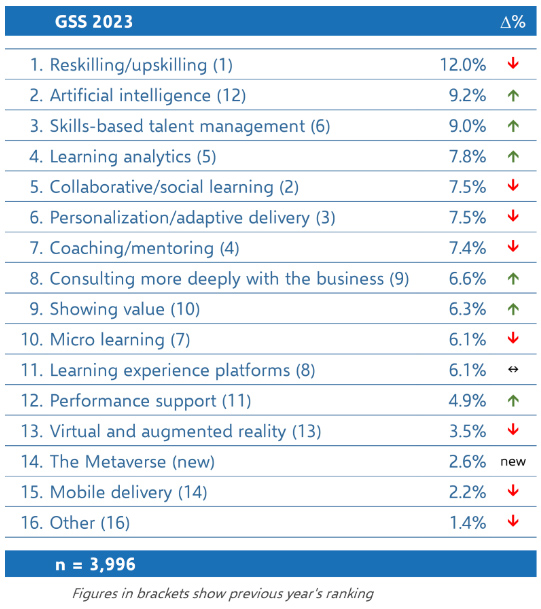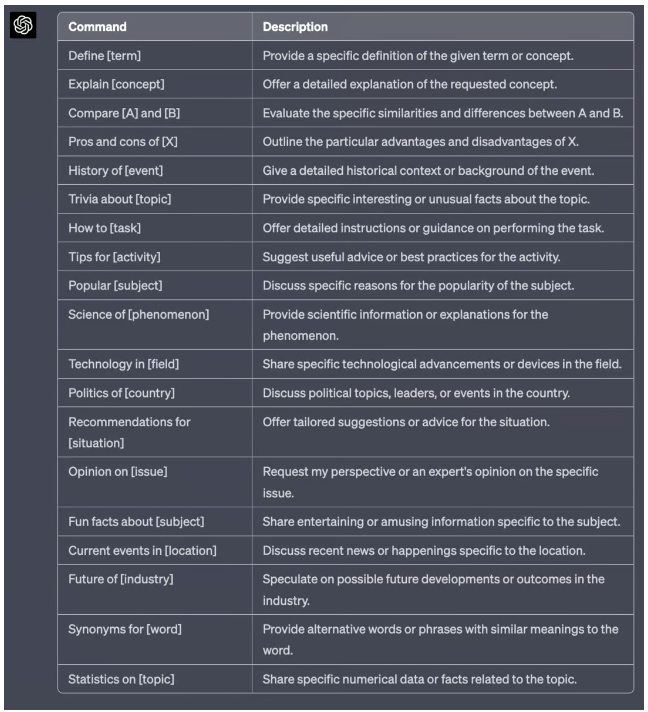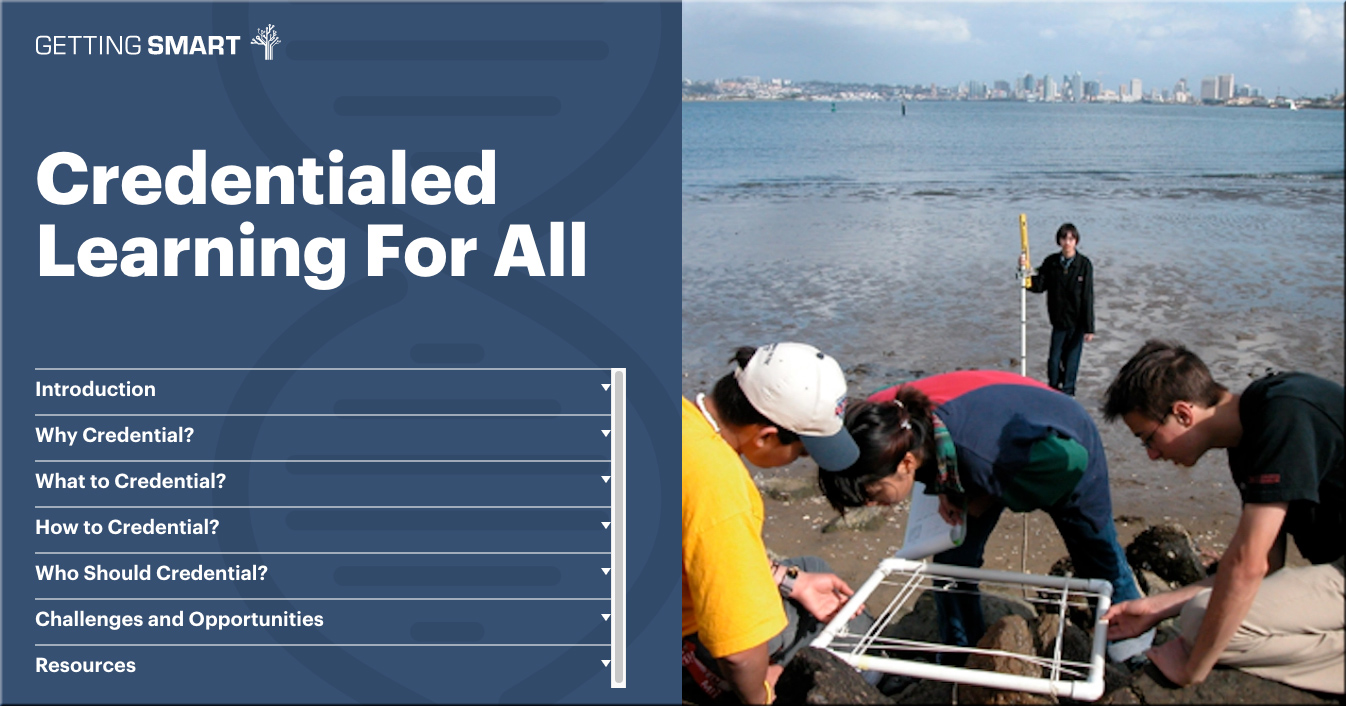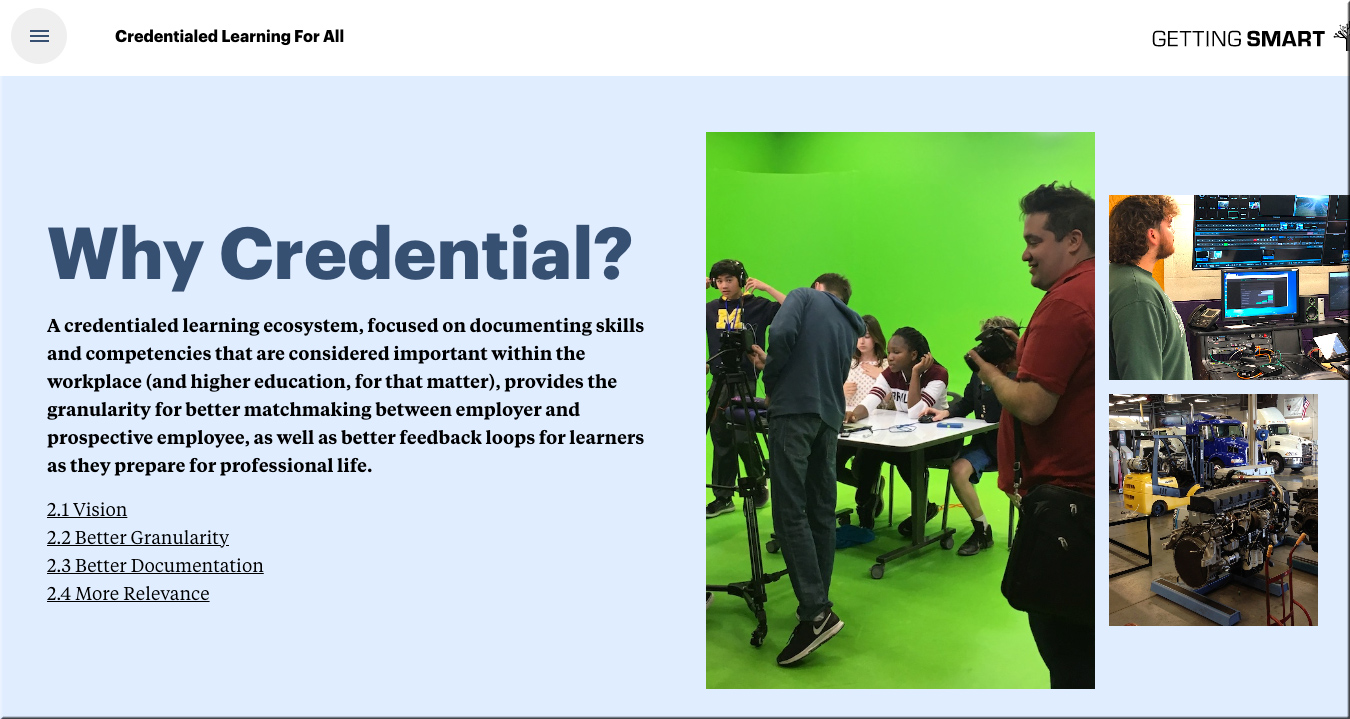This company adopted AI. Here’s what happened to its human workers — from npr.org by Greg Rosalsky|
Excerpt:
What the economists found offers potentially great news for the economy, at least in one dimension that is crucial to improving our living standards: AI caused a group of workers to become much more productive. Backed by AI, these workers were able to accomplish much more in less time, with greater customer satisfaction to boot. At the same time, however, the study also shines a spotlight on just how powerful AI is, how disruptive it might be, and suggests that this new, astonishing technology could have economic effects that change the shape of income inequality going forward.
The article links to:
Generative AI at Work — from nber.org by Erik Brynjolfsson, Danielle Li & Lindsey R. Raymond
We study the staggered introduction of a generative AI-based conversational assistant using data from 5,179 customer support agents. Access to the tool increases productivity, as measured by issues resolved per hour, by 14 percent on average, with the greatest impact on novice and low-skilled workers, and minimal impact on experienced and highly skilled workers. We provide suggestive evidence that the AI model disseminates the potentially tacit knowledge of more able workers and helps newer workers move down the experience curve. In addition, we show that AI assistance improves customer sentiment, reduces requests for managerial intervention, and improves employee retention.















